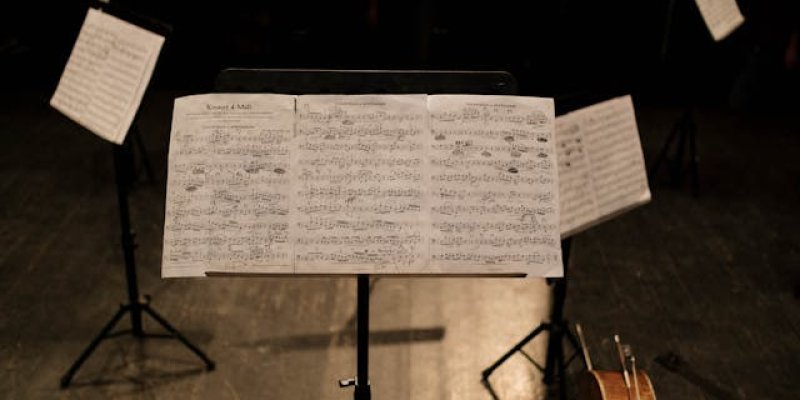Notating atonal music, which does not adhere to a traditional key or tonal center, can be both challenging and liberating. Here's a guide to help you navigate the process:
1. Use Standard Notation
- Pitch: Notate pitch as you would in any tonal music using the staff, clefs, and noteheads. Since there is no key signature in atonal music, all accidentals should be indicated explicitly.
- Accidentals: Use accidentals for every altered note (sharps, flats, and naturals). In atonal music, accidentals apply only to the note they precede within the same measure unless otherwise indicated.
2. Rhythmic Notation
- Standard Rhythms: Use conventional rhythmic notation (quarter notes, eighth notes, rests, etc.) as you would in tonal music.
- Complex Rhythms: Atonal music often features complex rhythms, including irregular time signatures, tuplets, and syncopation. Be precise in notating these to capture the intended rhythm.
3. Expression and Articulation
- Dynamics: Use standard dynamic markings (pp, ff, crescendos, etc.) to convey the intended expression.
- Articulation: Use articulation marks (staccato, legato, accents, etc.) to define how notes should be played. Atonal music often uses articulation to create contrast and emphasize certain pitches or rhythms.
4. Time Signatures and Tempo
- Changing Time Signatures: Atonal music may frequently change time signatures. Notate these changes clearly to guide performers through the piece.
- Tempo Markings: Indicate the tempo at the beginning and wherever it changes within the piece. Use traditional tempo markings (Andante, Allegro) or metronome markings.
5. Avoid Key Signatures
- No Key Signature: Since atonal music doesn't have a tonal center, do not use key signatures. Write all accidentals explicitly in the score.
6. Structural Devices
- Twelve-Tone Technique: If using a twelve-tone (dodecaphonic) method, notate the tone row (series) at the beginning of the score. Make it clear whether you're using the prime, retrograde, inversion, or retrograde inversion forms of the row.
- Pitch-Class Sets: If the music is based on specific pitch-class sets, you might indicate these sets in a note or as a preface to the score, though this is more for analytical purposes than for performers.
7. Graphical Notation
- Non-Standard Symbols: Some atonal music, especially avant-garde, may use non-standard symbols to represent unconventional sounds (e.g., clusters, microtones, extended techniques). Provide a legend explaining these symbols if they are used.
- Spatial Notation: In some cases, you might use spatial notation, where the placement of notes on the page indicates timing or pitch relationships rather than using traditional barlines and time signatures.
8. Use of Software
- Notation Software: Using software like Sibelius, Finale, or Dorico can be helpful for accurately notating atonal music, especially if it involves complex rhythms or non-standard notation.
9. Clarity
- Score Clarity: Even in atonal music, clarity is key. Make sure your score is easy to read and understand, with clear indications for accidentals, rhythms, dynamics, and articulations.
10. Performance Notes
- Instructions for Performers: If your atonal music includes unconventional techniques or requires specific interpretative guidance, include a performance note at the beginning of the score.
11. Analyze Existing Works
- Study Atonal Scores: Analyze scores by composers like Arnold Schoenberg, Anton Webern, or Alban Berg to see how they notated atonal music. This can provide insight and inspiration for your notation practices.
By following these guidelines, you can create a precise and effective notation for your atonal compositions, making it accessible for performers while preserving the complexity and uniqueness of your music.

